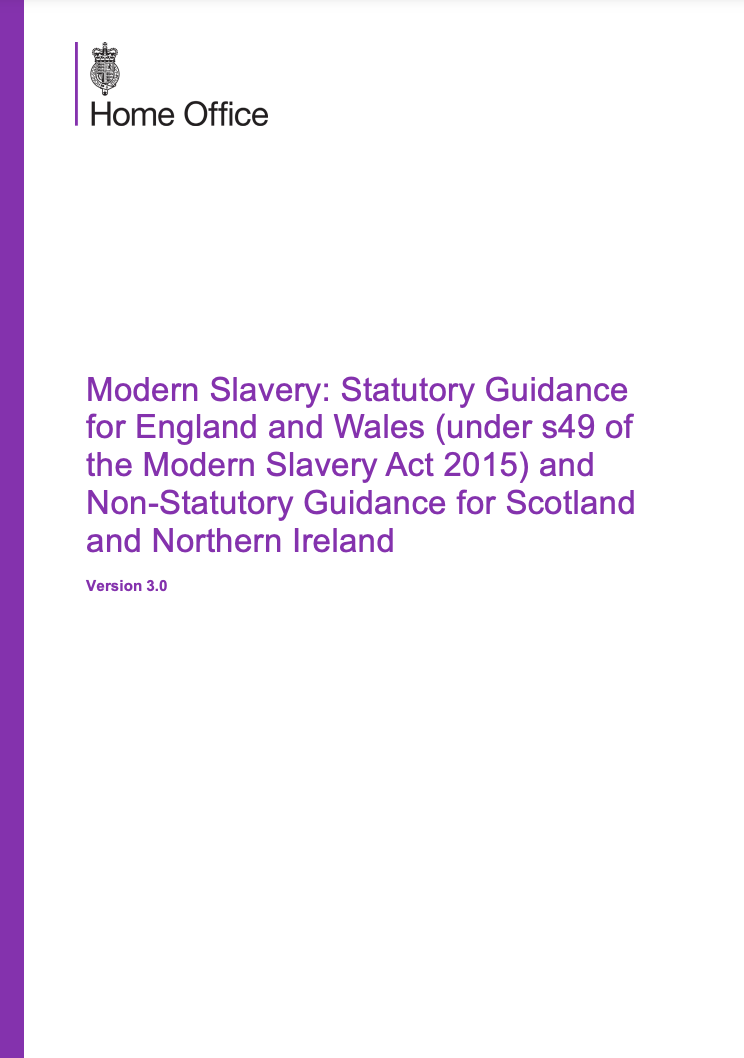This guidance is aimed at competent authority staff in any part of the UK who make decisions on whether or not an individual is a potential victim/victim of modern slavery for the purpose of the National Referral Mechanism (NRM) – wherever in the UK a potential victim is identified. This guidance is aimed at staff in England and Wales:
• within public authorities who may encounter potential victims of modern slavery; and/or
• who are involved in supporting victims.
These individuals and organisations must have regard to this guidance, with a view to developing a more consistent response to modern slavery victims to ensure they are identified and receive the available and appropriate support. Further information on the roles and responsibilities of specific public bodies can be found in the Roles and Responsibilities section.

